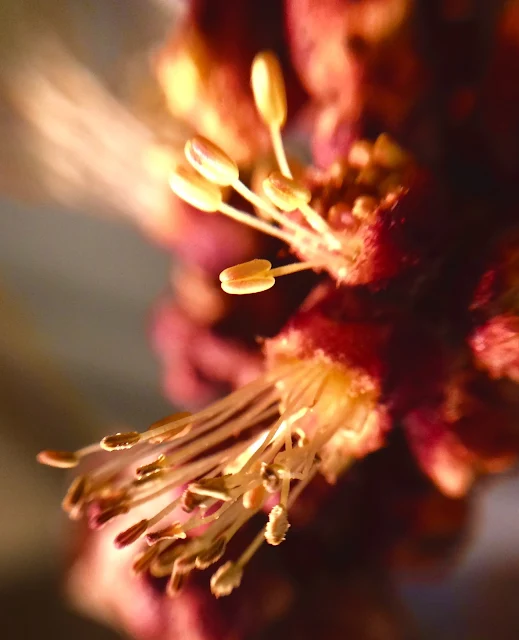This is a good workable amount for a 3-quart pot:
4 lbs. granulated sugar (white)
1 lb. water
1 tsp. lemon juice or Apple Cider Vinegar (optional but the acid assists in keeping the sugar inverted)
Hopefully your hives aren't "light" and don't need to be fed, but if you had to feed heavy syrup in the Fall, then Winter feeding might be necessary as well. Syrup has moisture than can be a death sentence for the bees in Winter, so candy or fondant is a much wiser choice. A no-cook candy board is far easier to make but if you're inclined you might want to make fondant, which some say is easier for the bees to digest.
Certainly, you can buy fondant at
Cake Crafts but it's got additives in it that can give bees dysentery. It's better to make your own. Making fondant involves inverting sugar, breaking the disaccharide sucrose into the monosaccharides fructose and glucose, and then controlling the molecular alignment of those simple sugars. Inverted sugar is supposedly more easily digested by the bees, and in the Winter you want to keep things easy for them. There are lots of recipes on the Internet for winter bee feed. Really old ones call for cream of tartar but I'd avoid that additive. Other than than, forget about the ingredients and the measurements; it's the method that matters most when making fondant. And don't worry about fancy equipment either; all you need is a little patience and a watchful eye.








